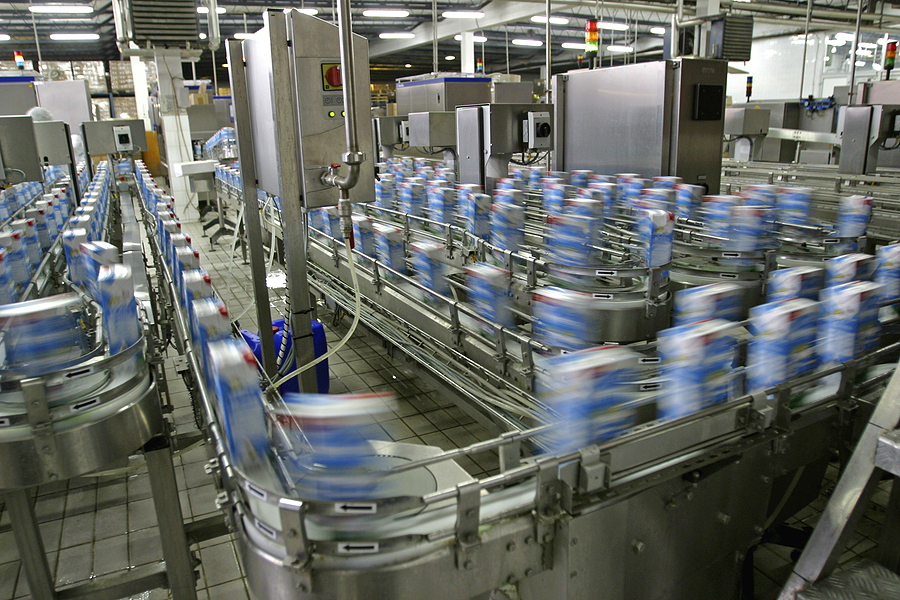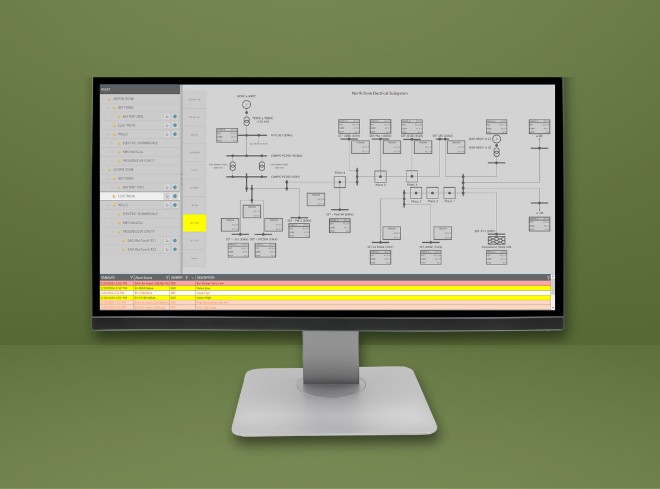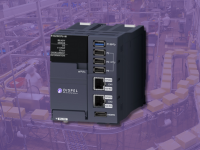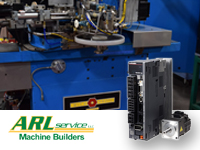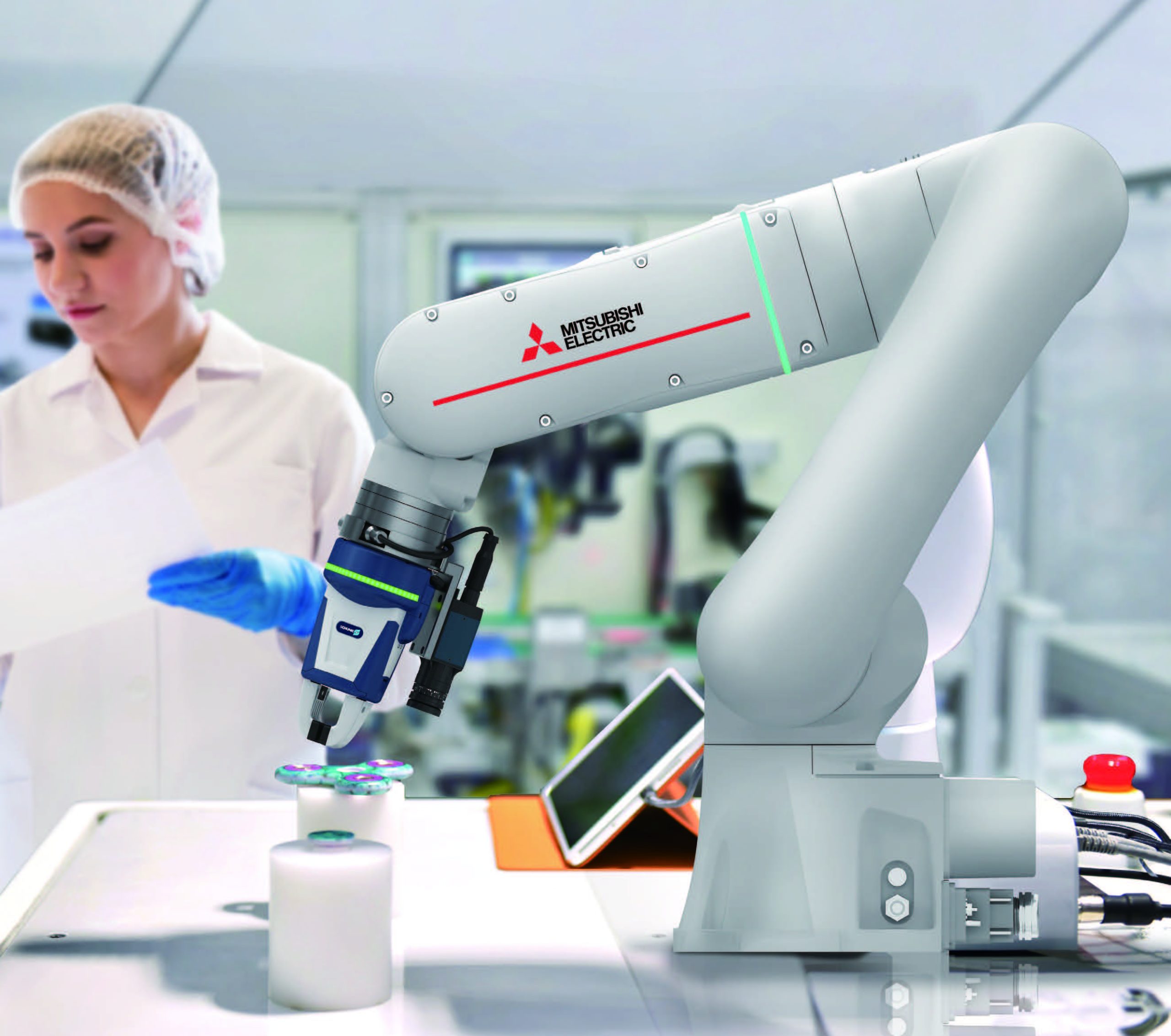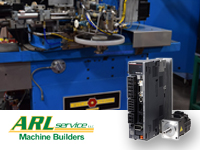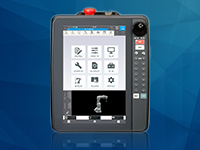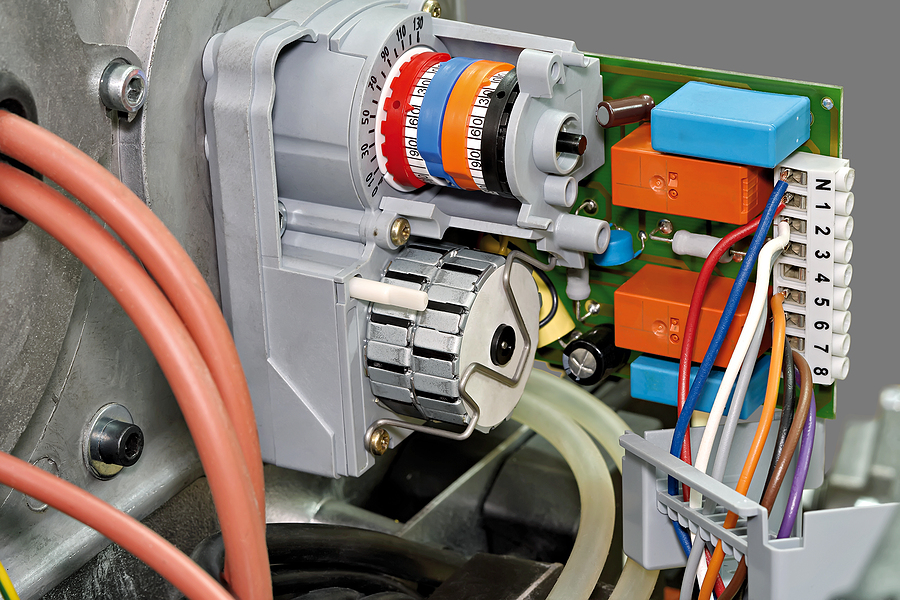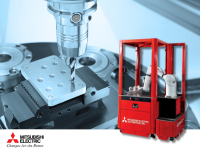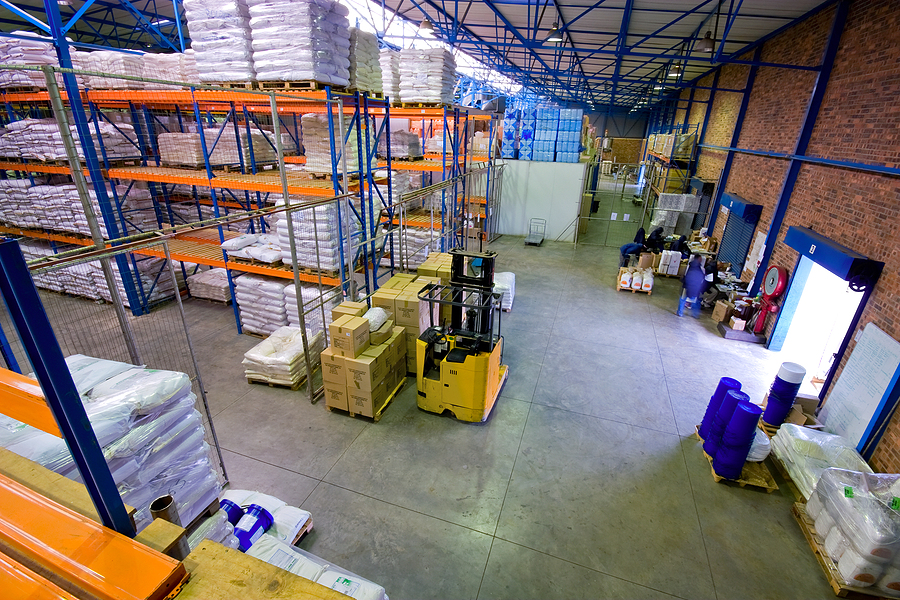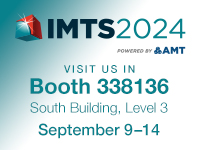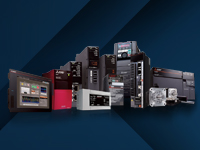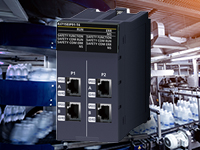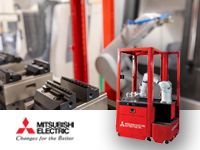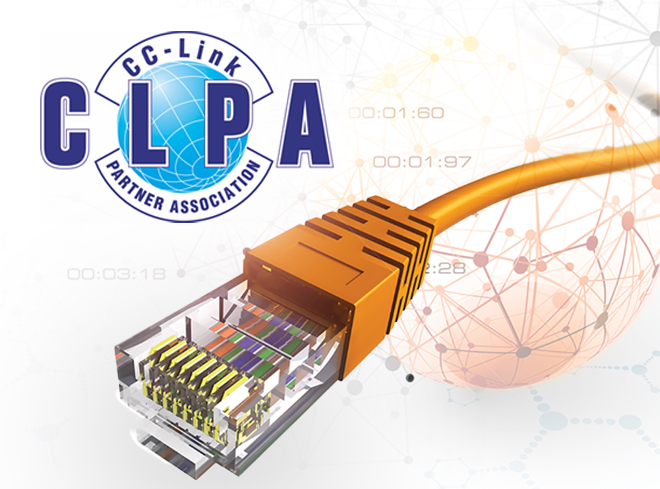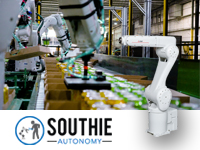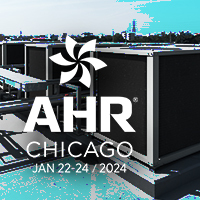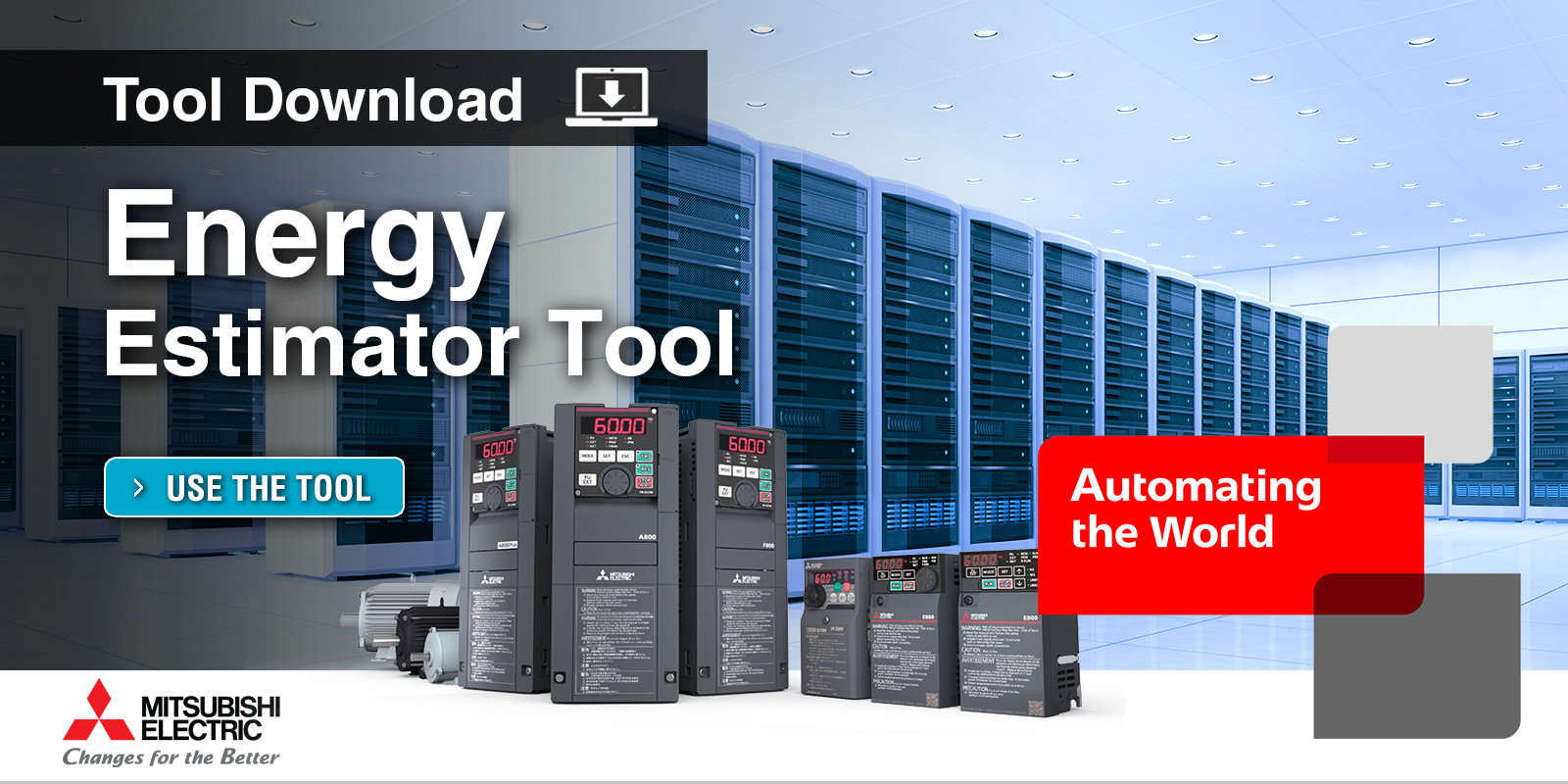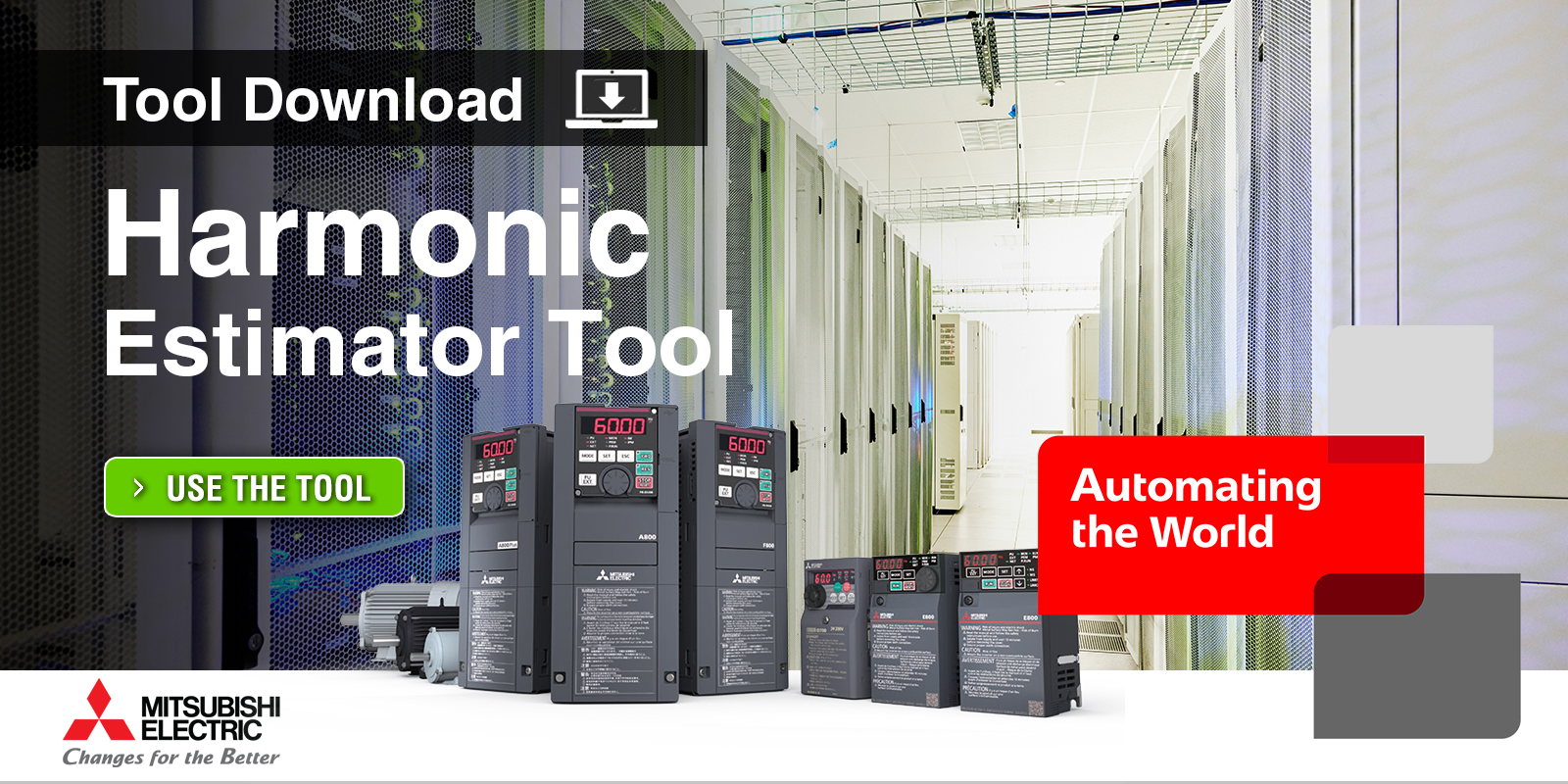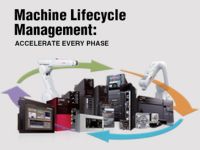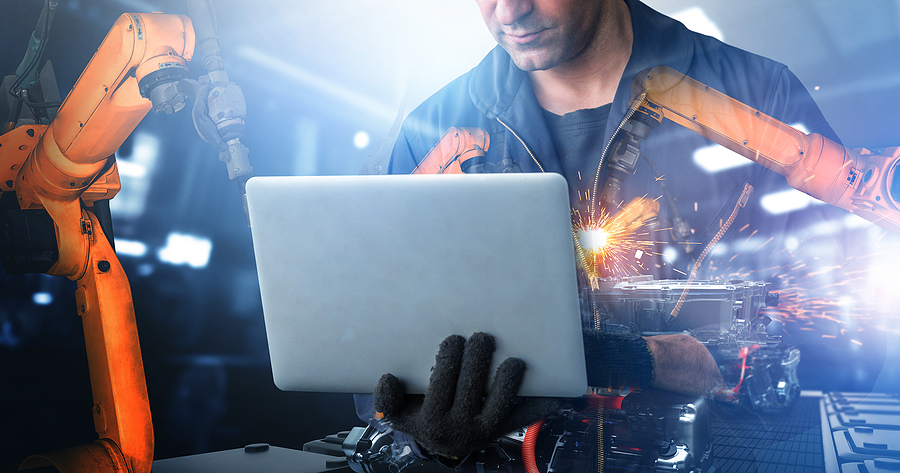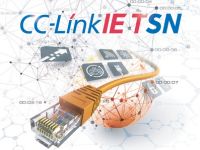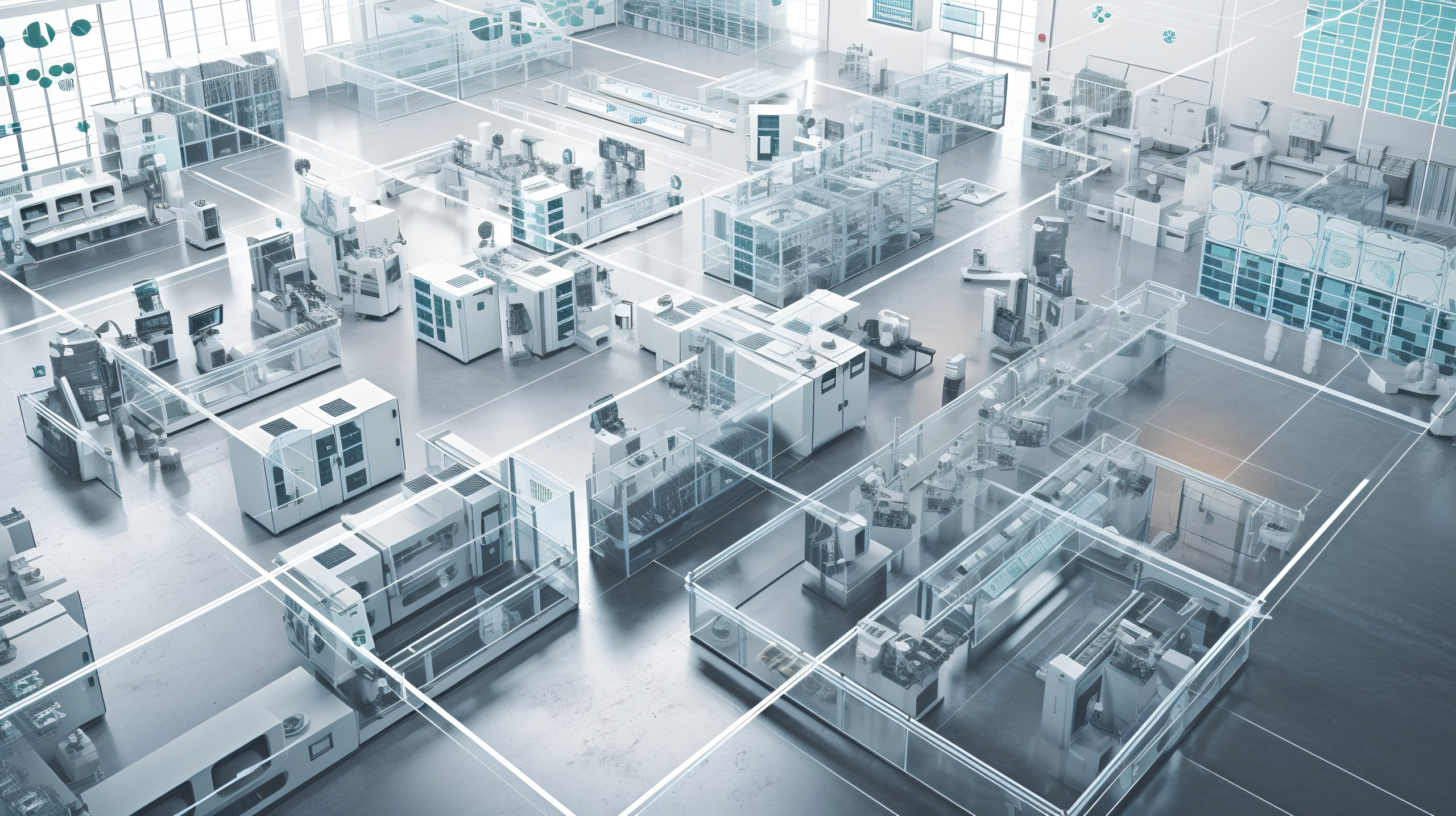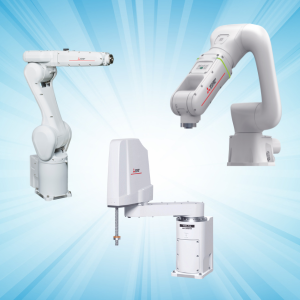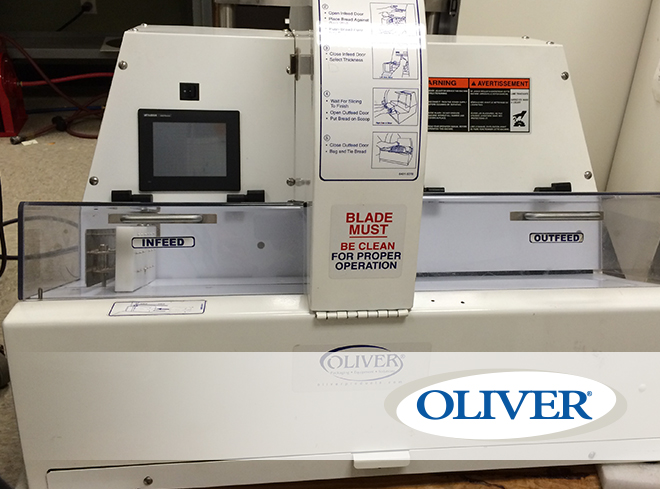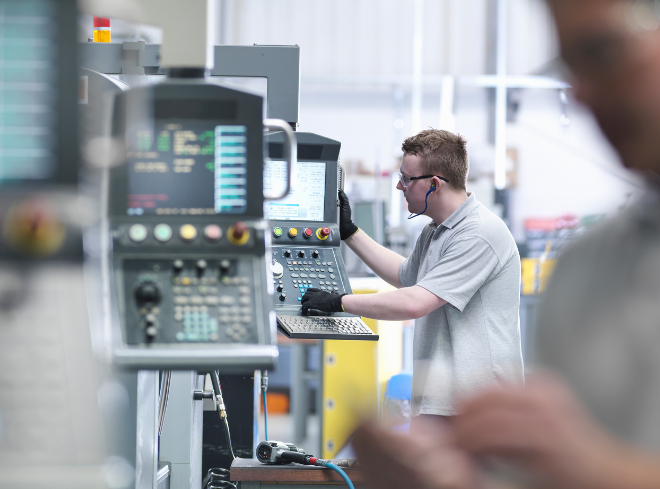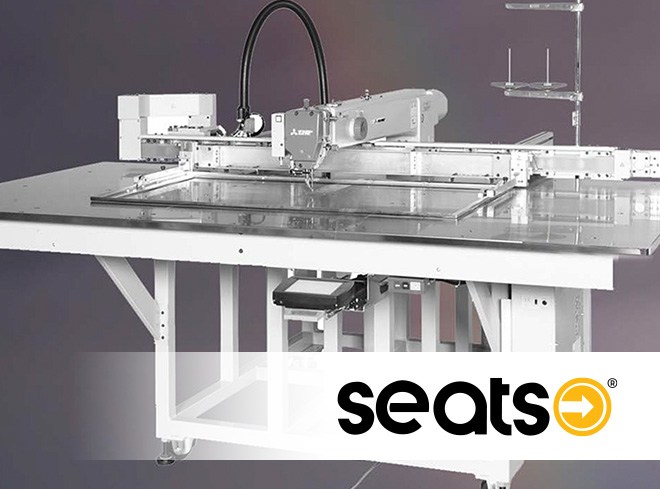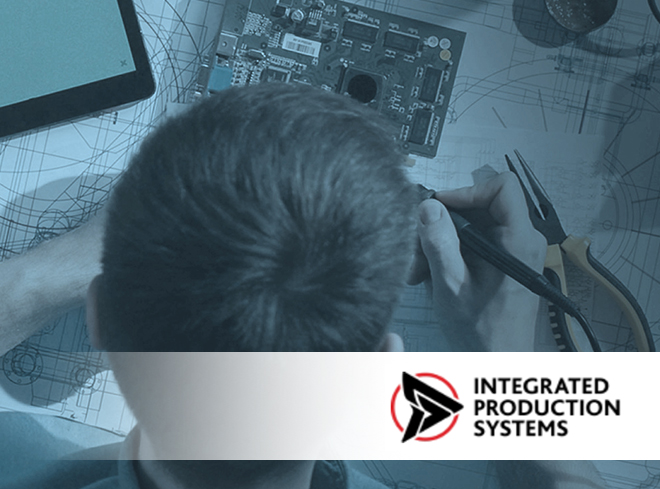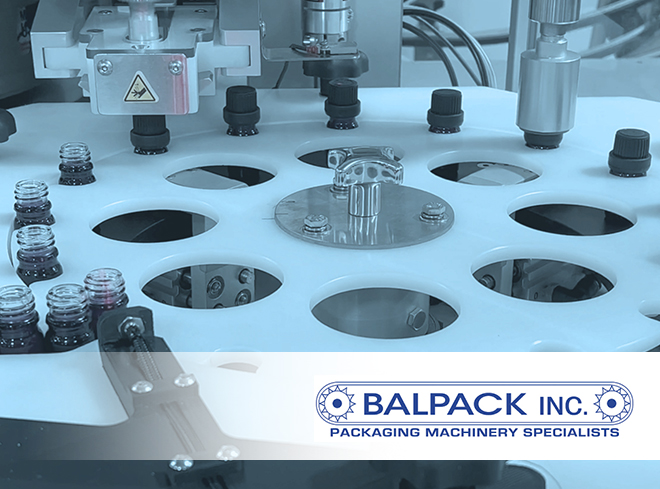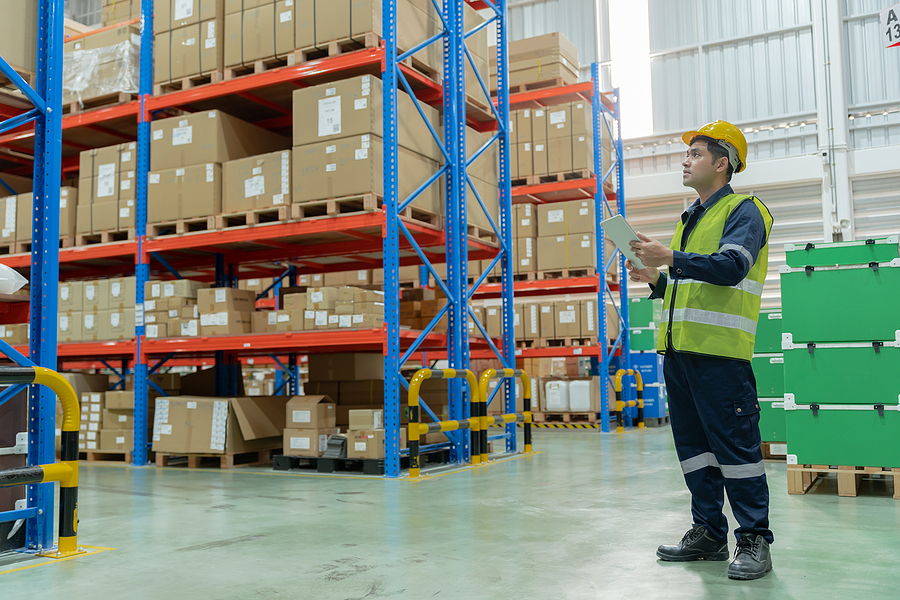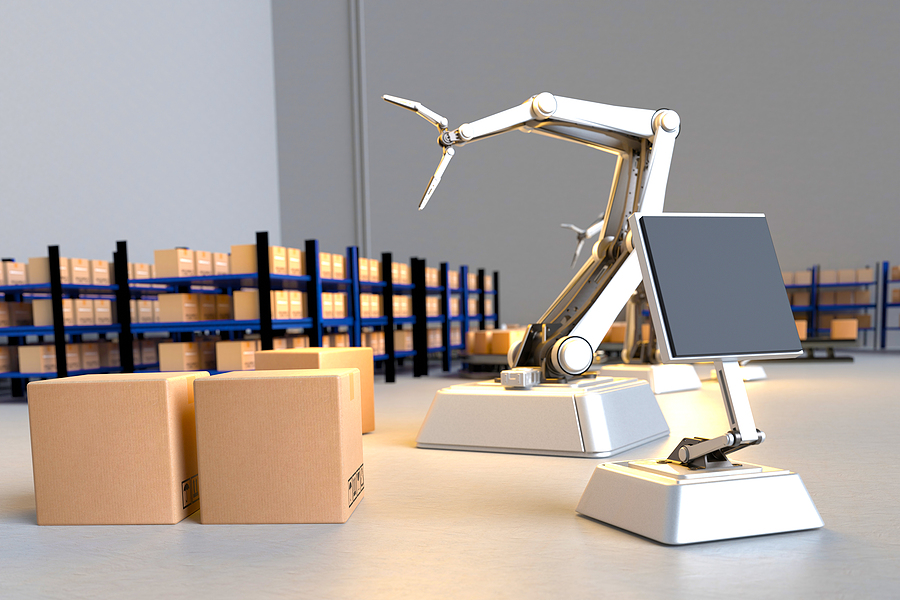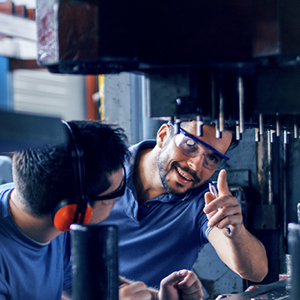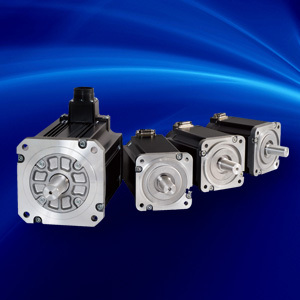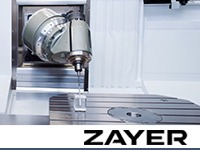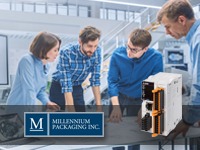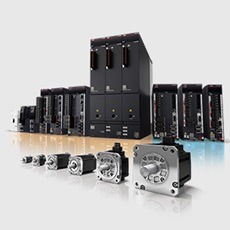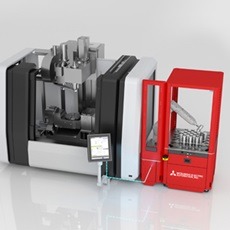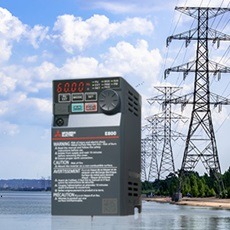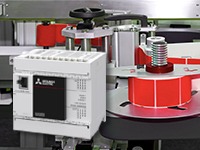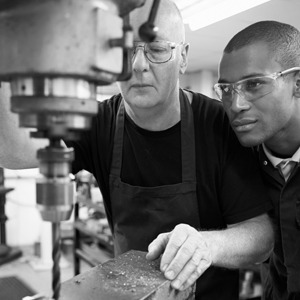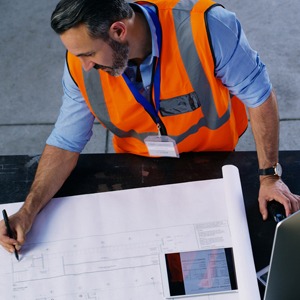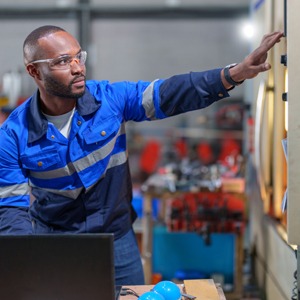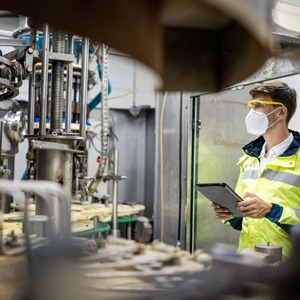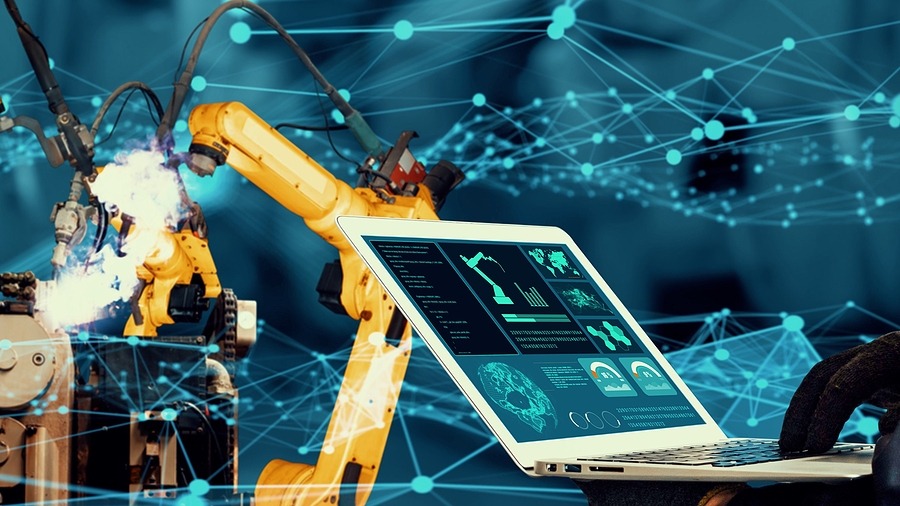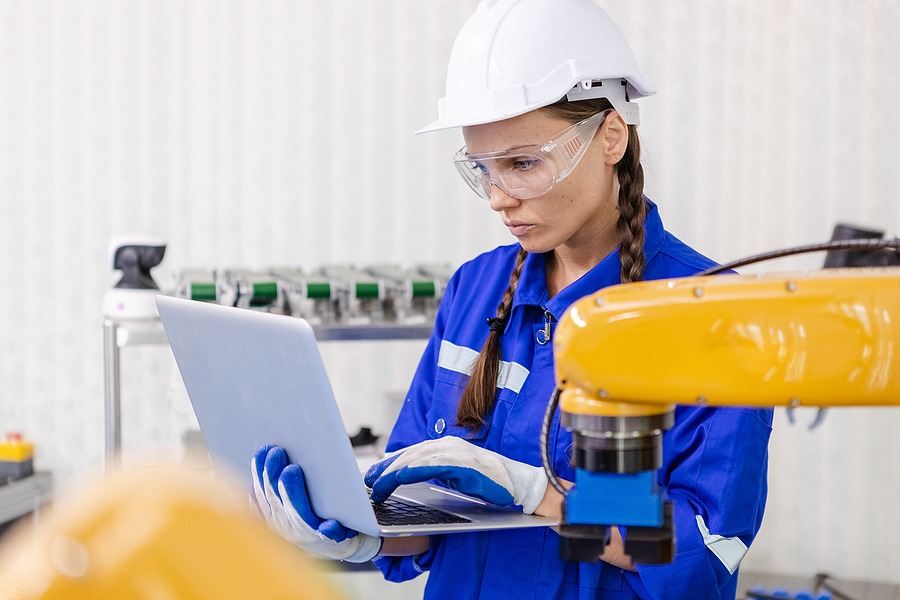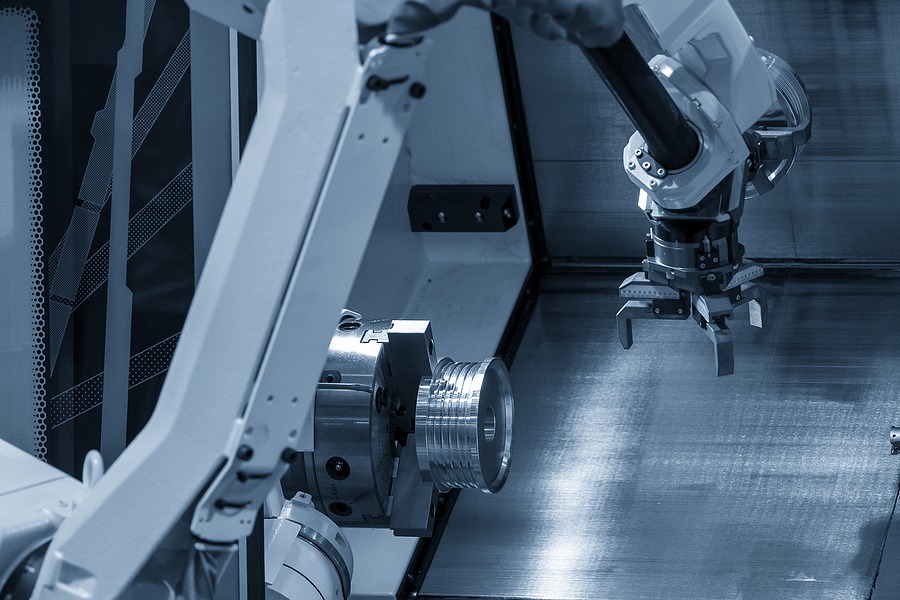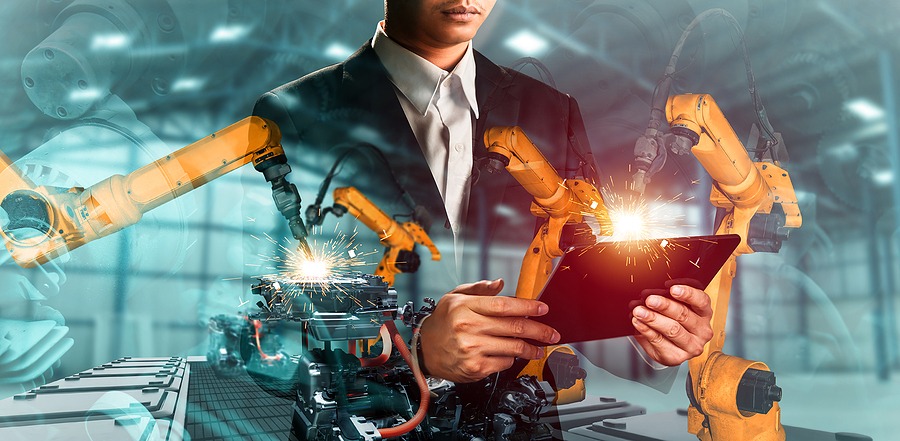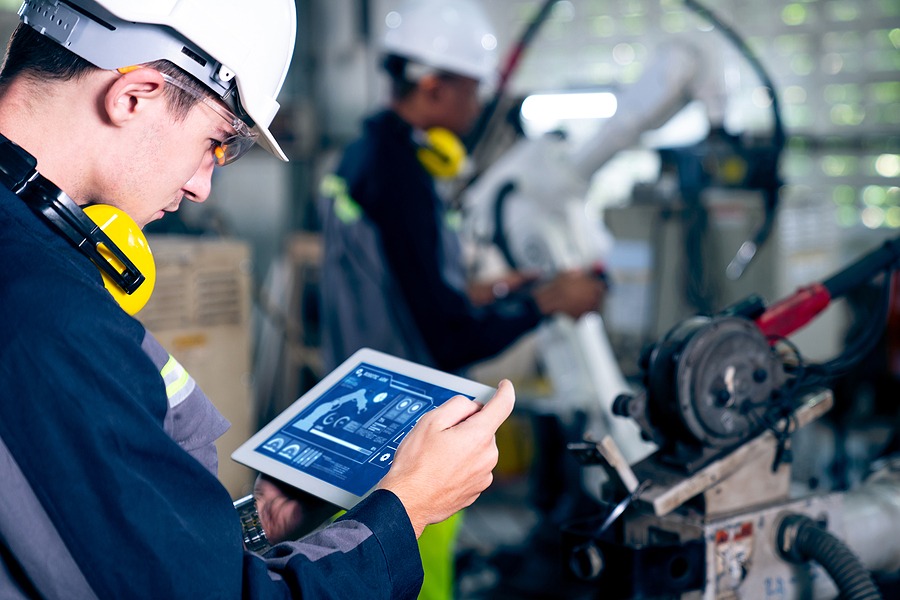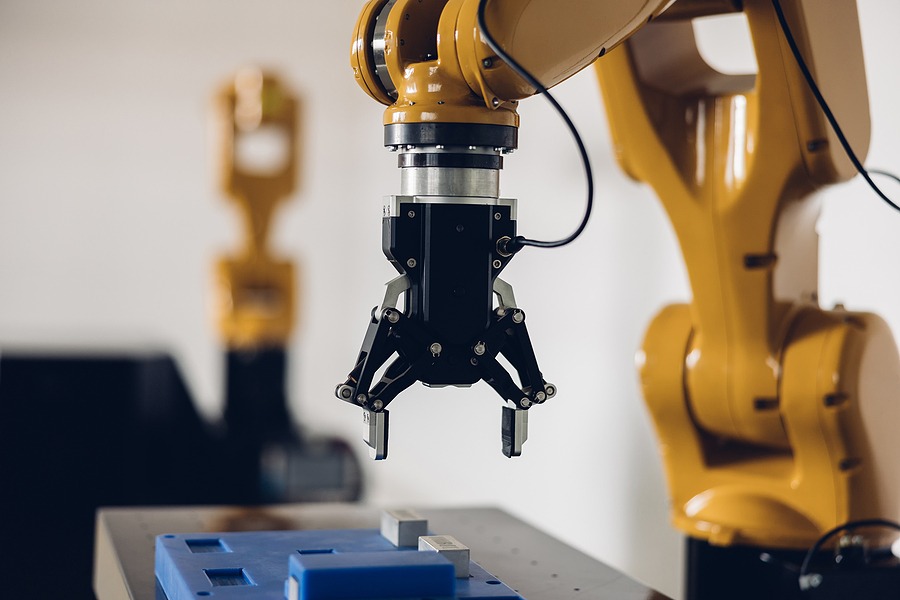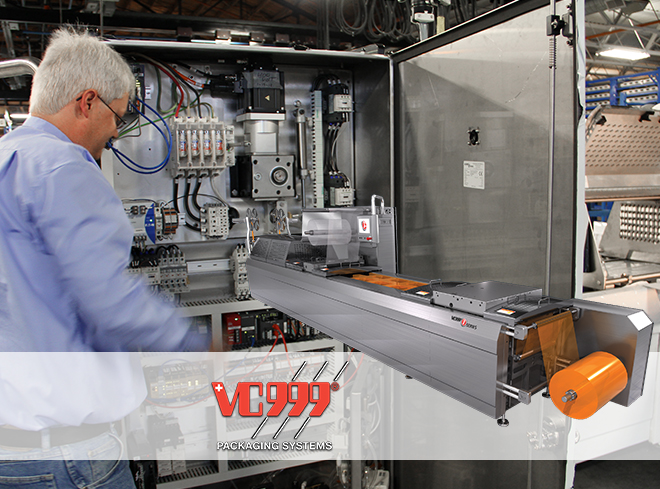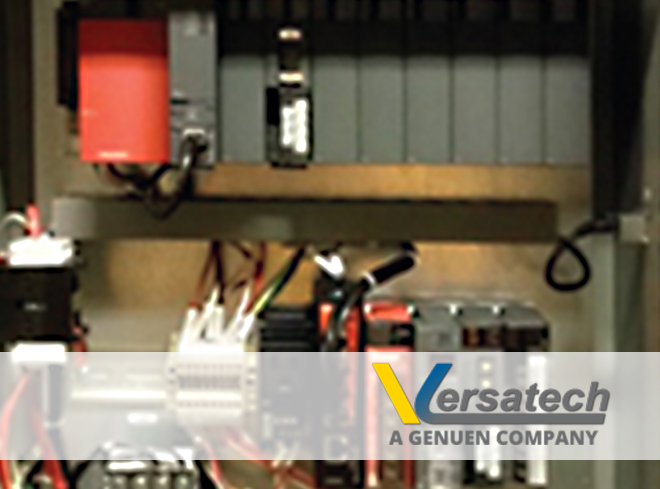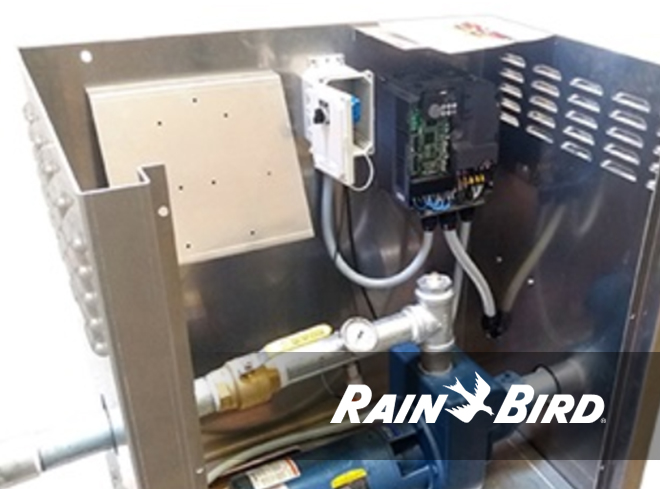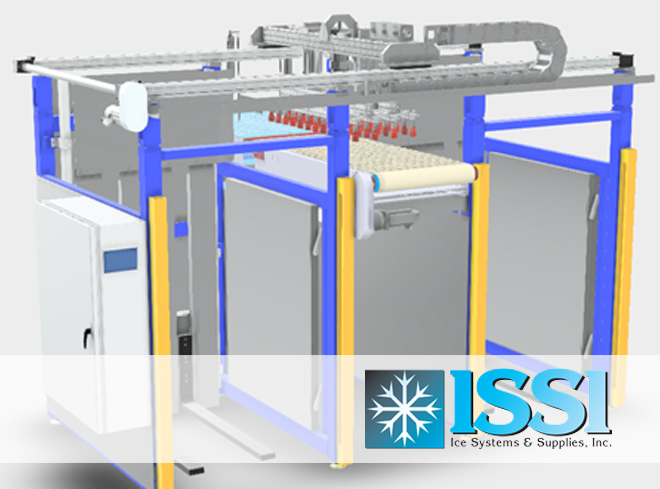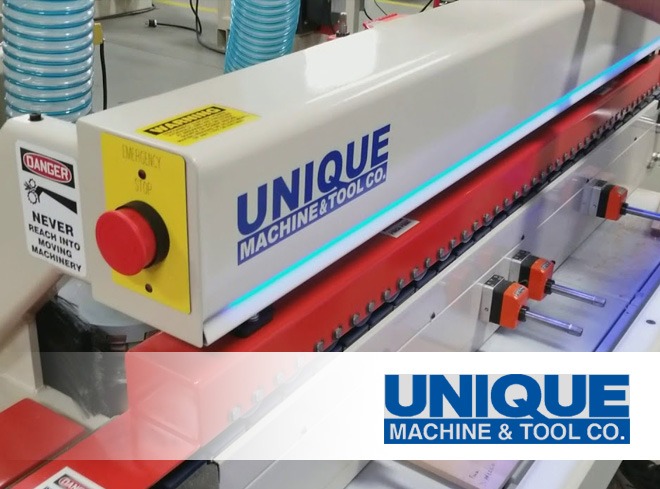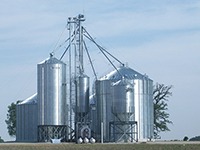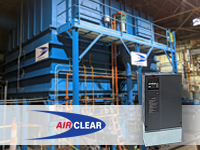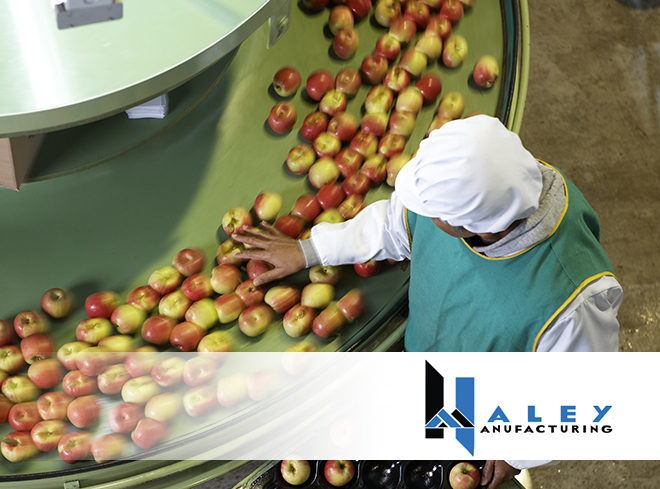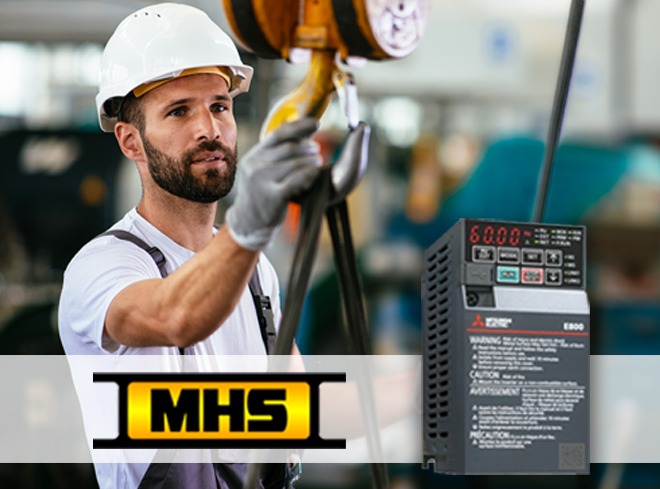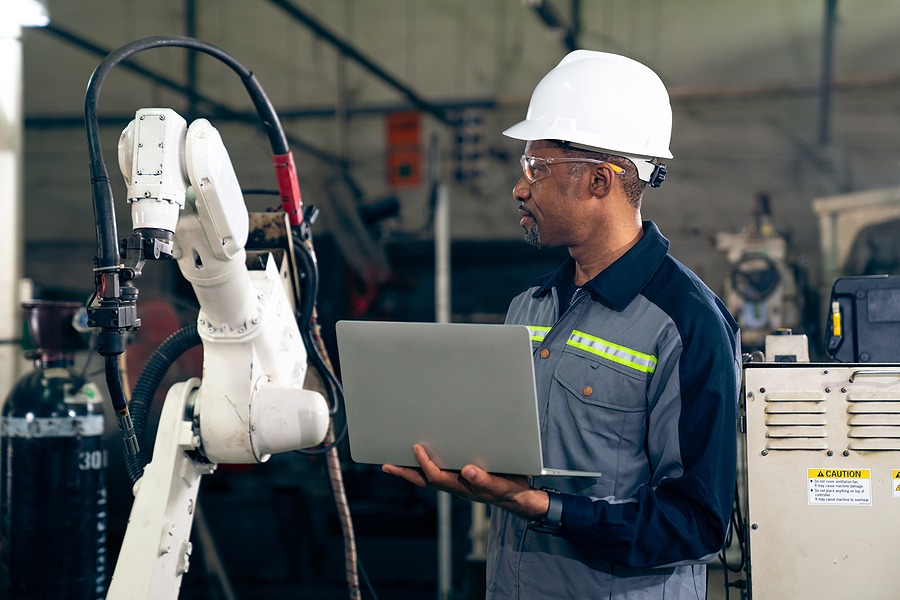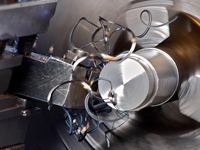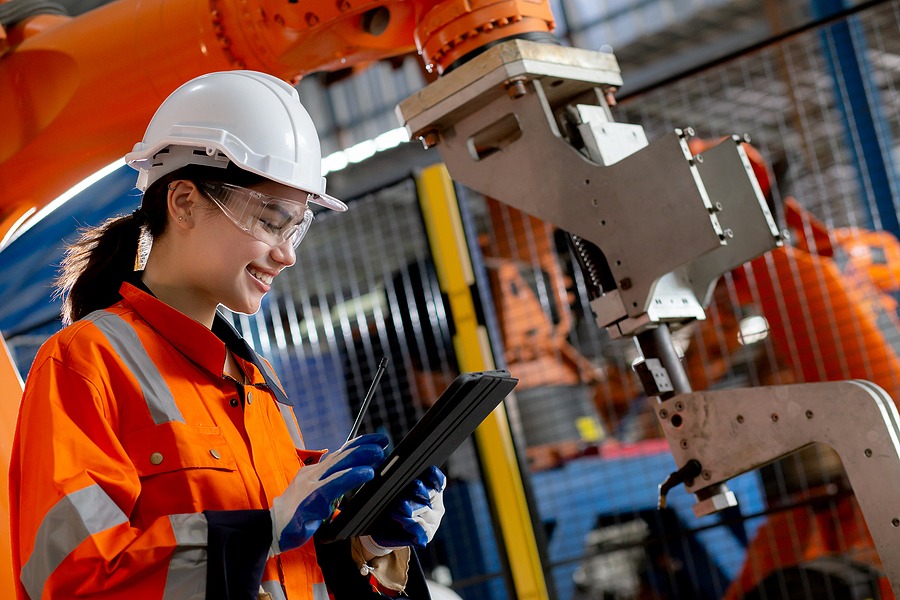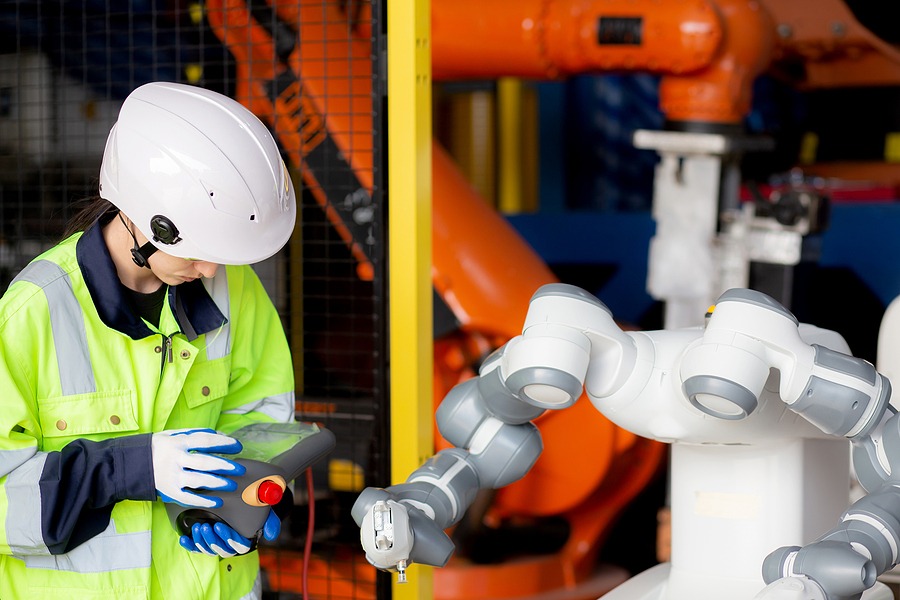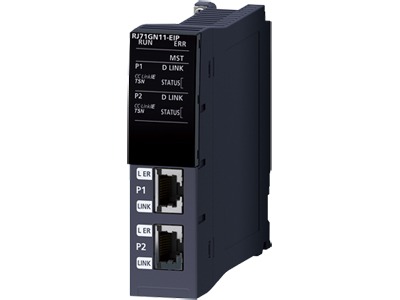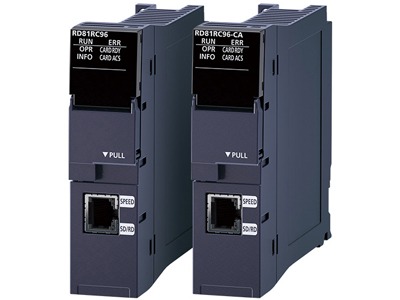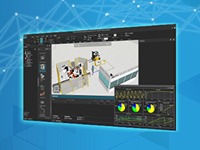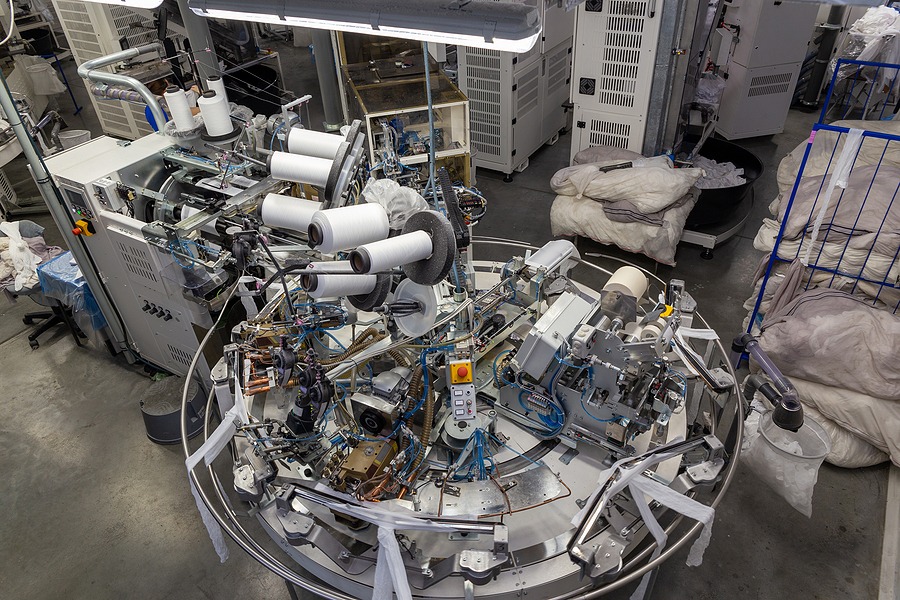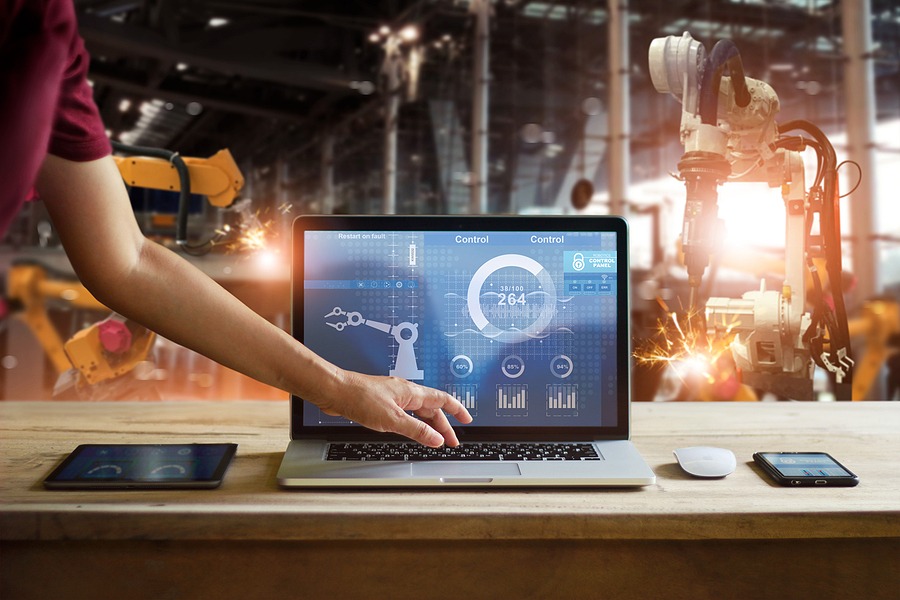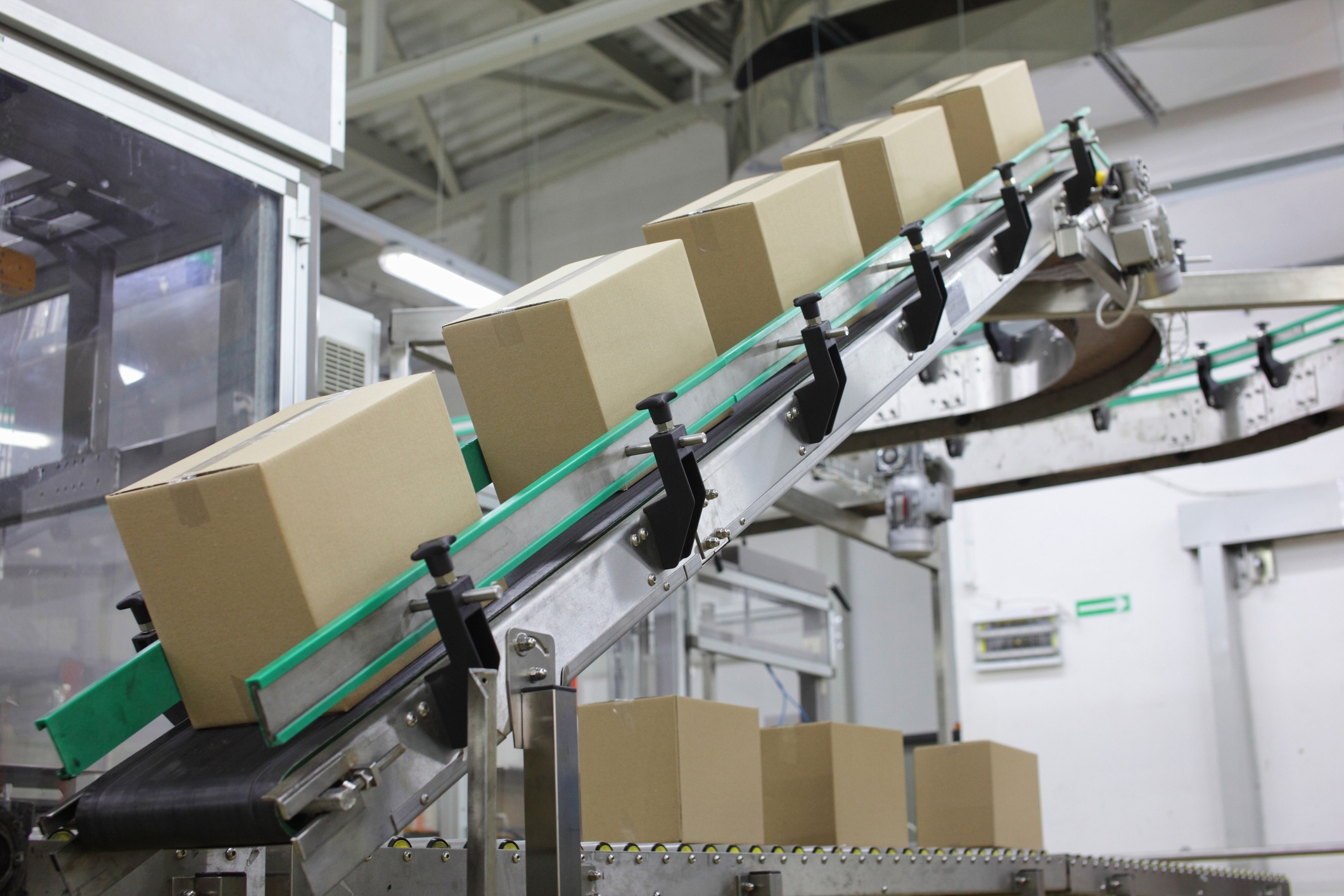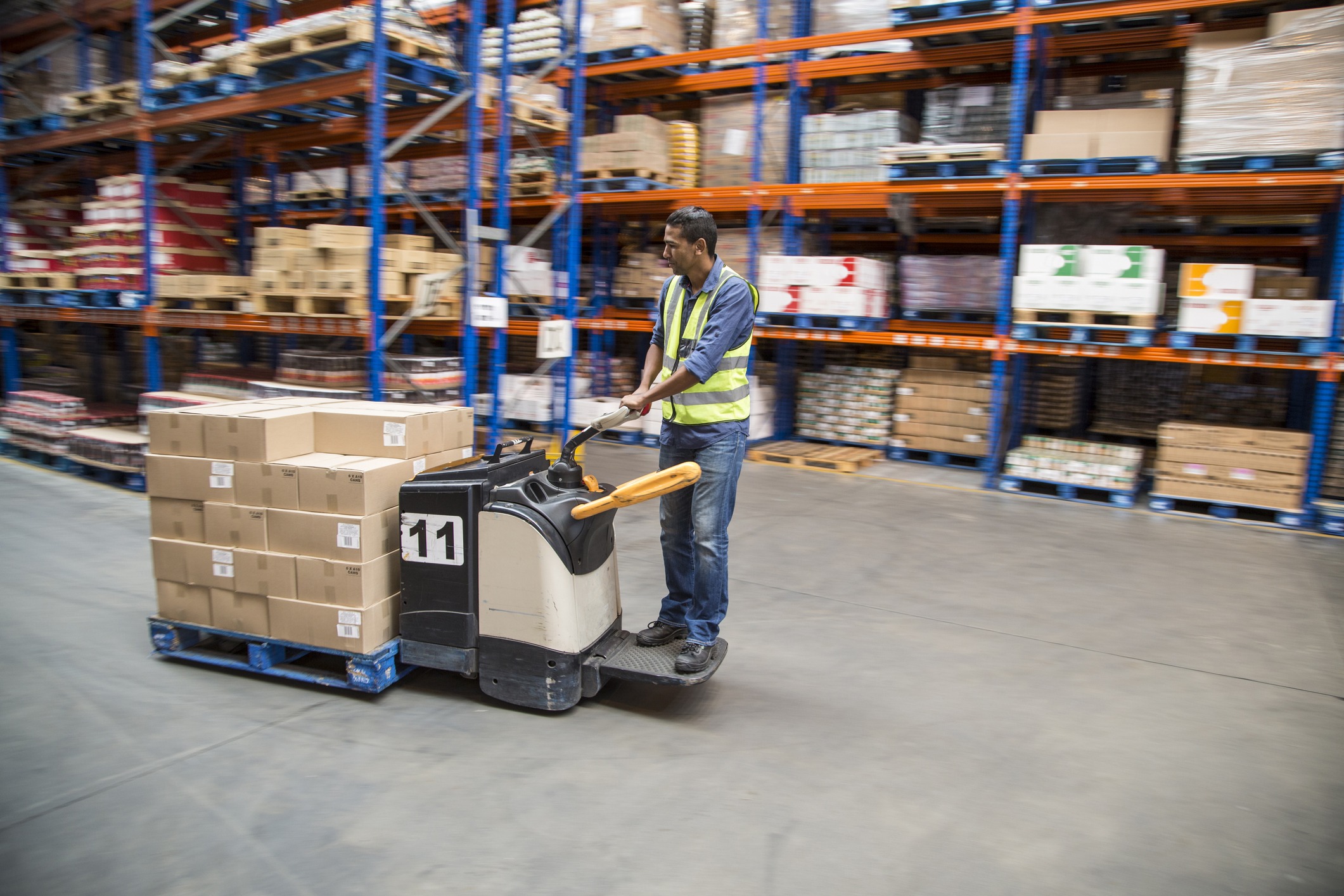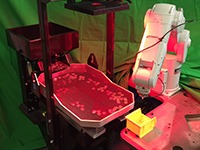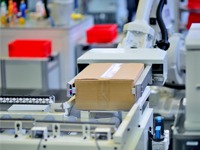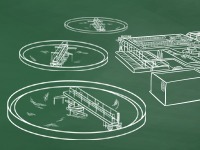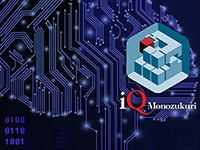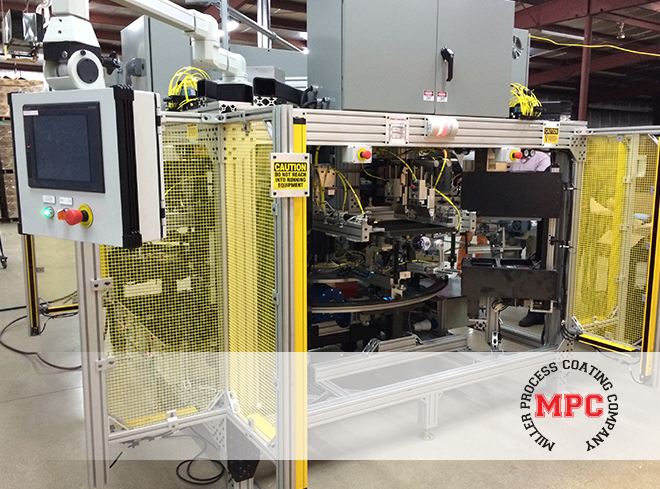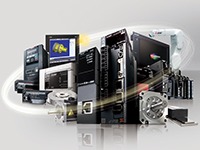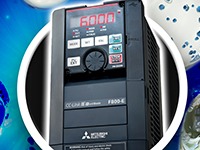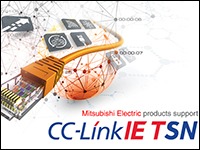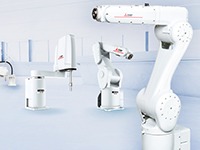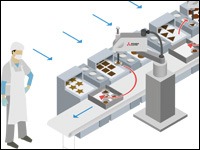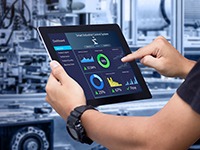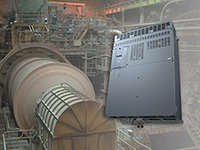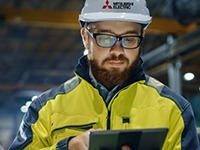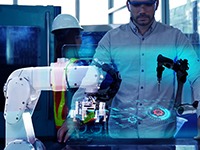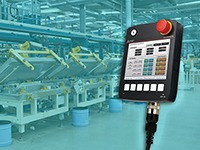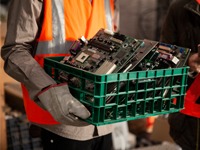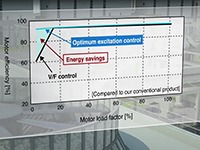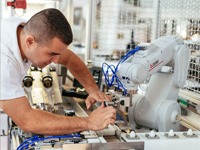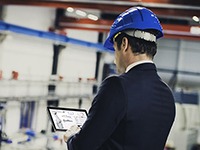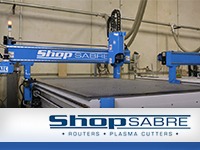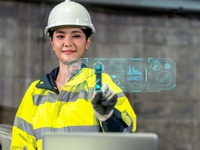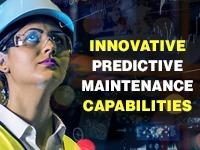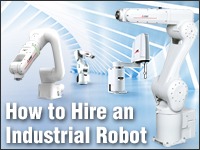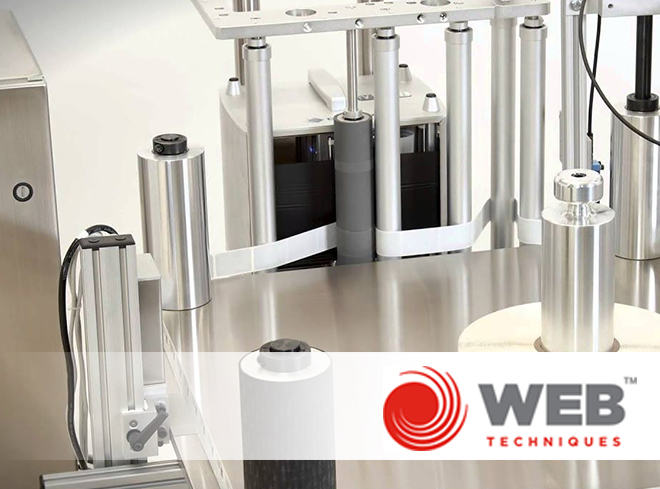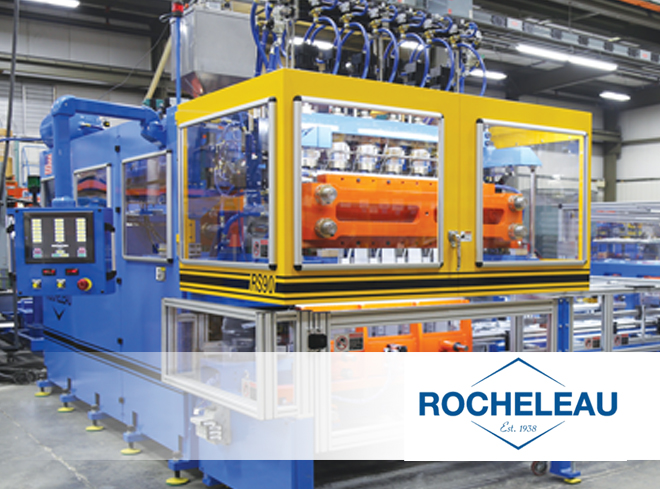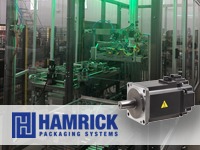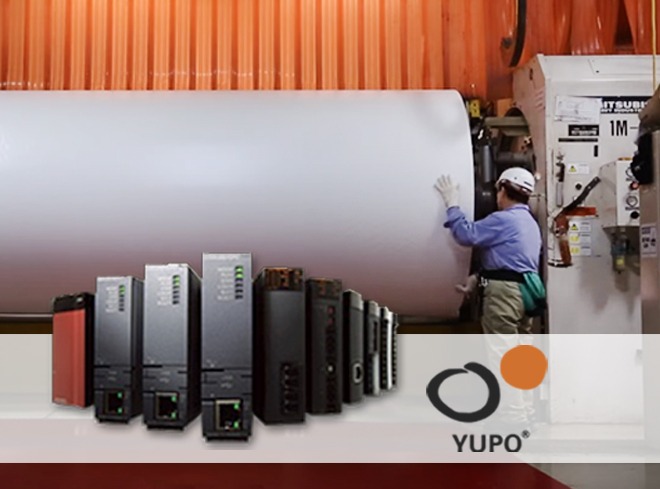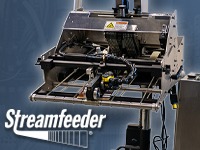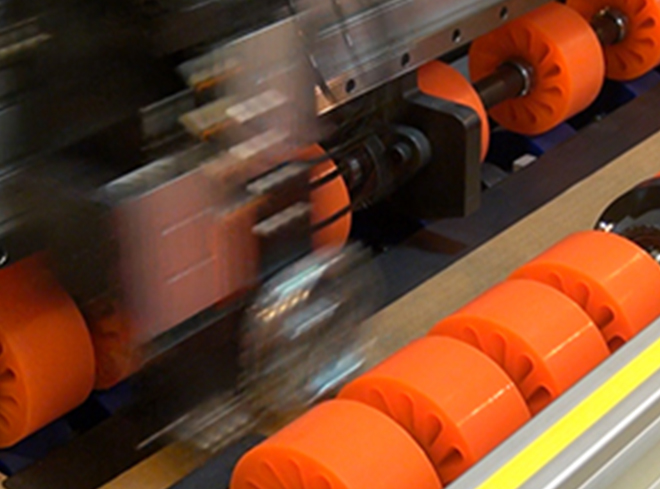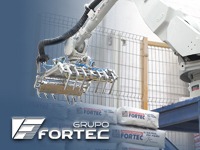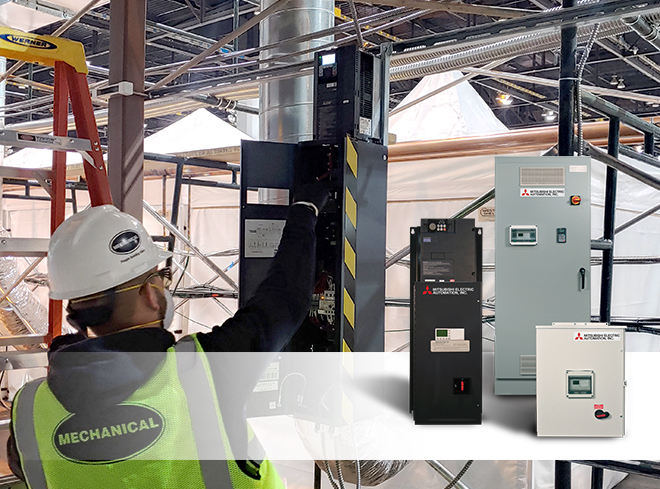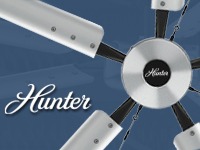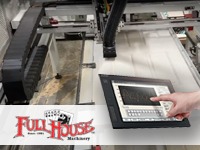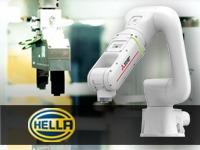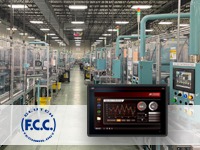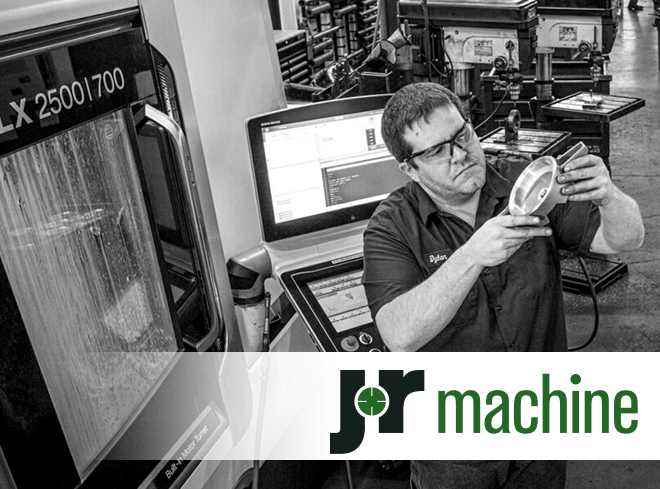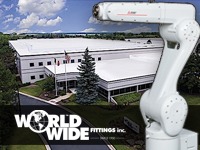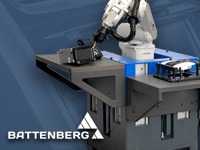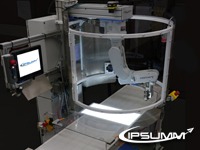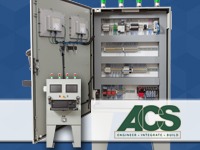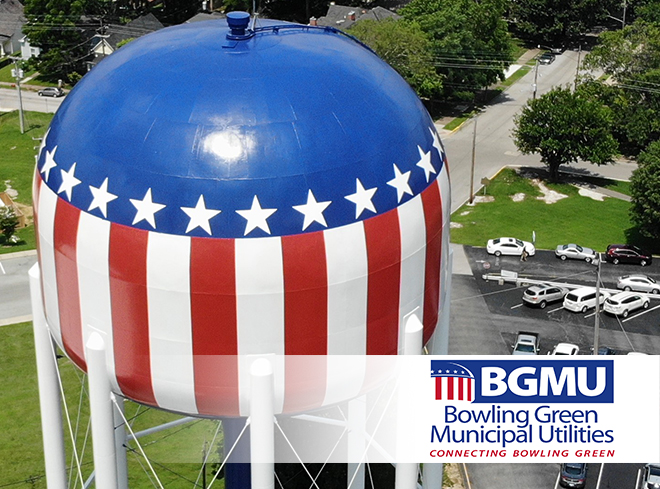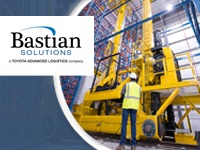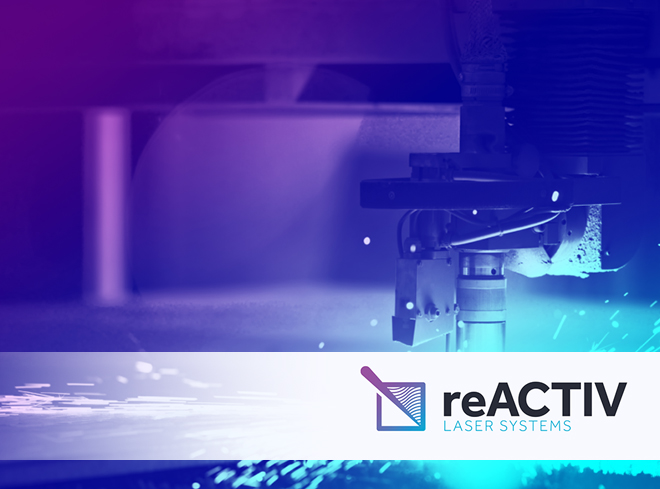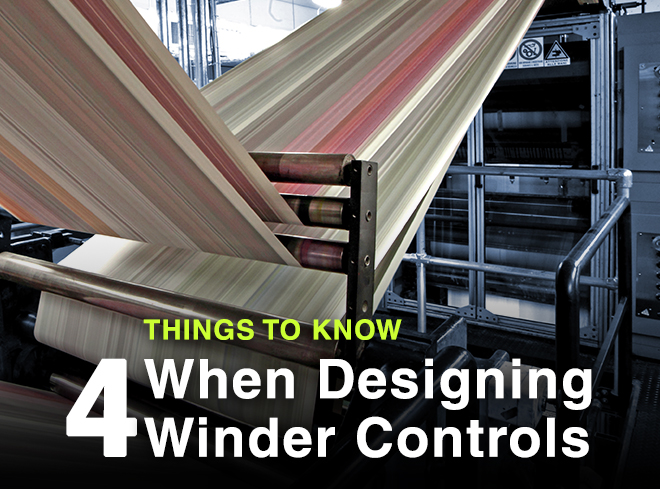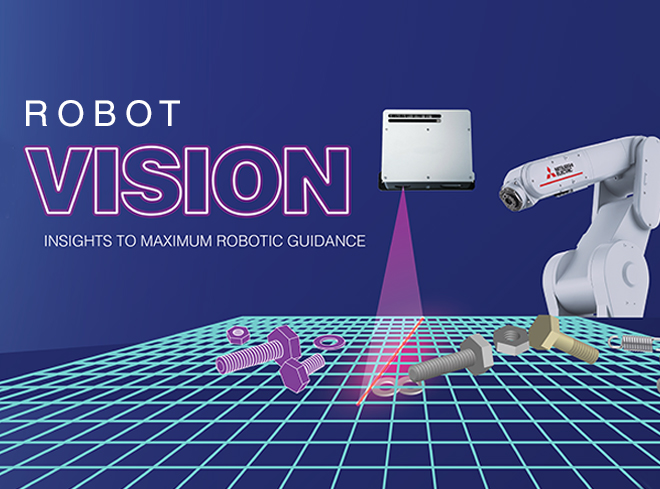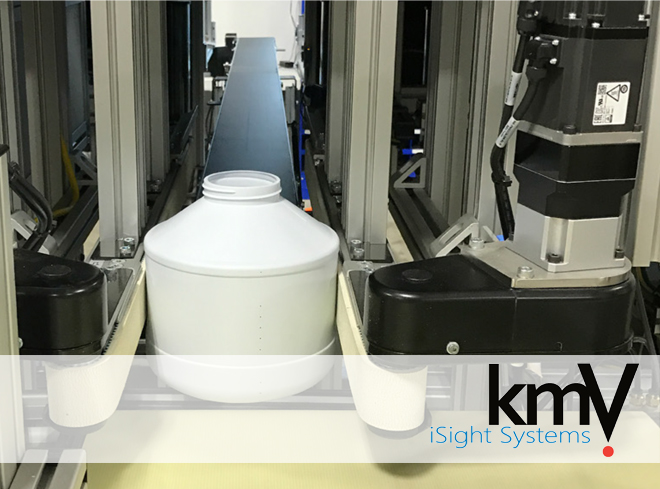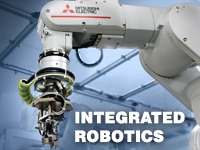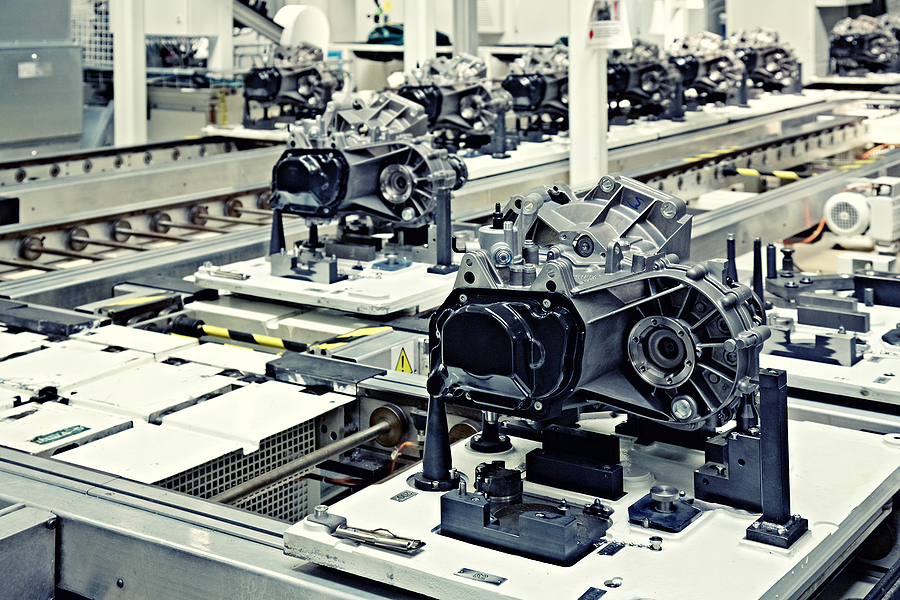
Manufacturing companies have two big problems. It’s competitive out there. You’re not just competing with other companies in the U.S., you’re competing globally. Customers don’t always want cheap. They want quality products as quickly as you can make them. Factory automation is the solution.
Factory automation offers two major benefits. Production rates increase, which puts product in your customers’ hands faster than ever before. Also, the precision that automated equipment offers eliminates scrap and boosts quality. You’re not going to leave customers frustrated by defective products or recalls.
That makes your customers happy, but your workers also gain impressive benefits. They’ll work in a safer environment. They’re also able to learn valuable new skills that help them with future employment opportunities. Automating your factory is a win-win situation with everyone, but where do you start?
Our guide walks you through your options for automated assembly line equipment. Learn more about the questions you need to ask and the best ways to make decisions that provide the benefits we’ve described above.
Understanding the Key Equipment for an Automated Assembly Line
When you automate your factory, a few technologies are going to be your go-to options. These are the automated assembly line components that are the most important to incorporate.
Conveyors
An automated line has to move parts and components from one area to the next without delay. Conveyors take care of this. They easily move items from one area to the next as the assembly process continues.
Let’s say your plant manufactures a line of solar-powered window unit air conditioners. All of the components must be carefully assembled, wired, welded, and packaged. Once in the appropriate padding and boxes, the boxes must be stacked on pallets for shipping. You have multiple lines taking care of this.
Lasers cut and mold the metal casing before the casing is moved to the assembly area where compressors and condensers are added. Those compressors and condensers also have to be assembled before that can happen. Conveyor belts move each part to the correct machine for welding, wiring, assembling, etc. These systems must work in sync or a log jam and lost production time would occur.
Industrial Robots
Industrial robots are another vital part of an automated assembly line. They’re the components that can screw, wire, weld, and lift items to exactly where they need to go. They are not going to get tired like human workers do. They don’t need vacation, sick days, or meal and bathroom breaks. They can work 24/7 with basic maintenance from time to time.
Robots can also package items and place them in even stacks on pallets, which eliminates the risk of an overweight or unbalanced pallet. When one pallet is full, robotics can move it to an automated forklift and get the next pallet ready to go. With precision timing, there are no errors in judgment that could lead to workplace injuries. SCARA pick-and-place robots are a must-have for automated assembly lines.
Programmable Logic Controllers
A programmable logic controller (PLC) is an industrial-grade computer that runs 24/7 and controls the different manufacturing processes. This high-performing computer can control all of the different components making up your assembly line while also controlling the timing and functions of the different machines and robots throughout your plant. It’s an all-in-one controller that provides constant feedback to make sure your entire plant remains efficient and output is consistent.
A PLC contains the power supply, CPU, input and output cards (I/O), and the racks where those I/O cards go. With these components, the system can continuously monitor on/off statuses and make adjustments as needed. Space is needed within your plant, and a PLC is going to have a suitable working temperature range, so you need to make sure the room the PLC is in falls within that range.
Vision Technology
Vision technology is the part of an automated assembly line that uses lasers and cameras to inspect the parts and placement of components going into your products. If there is a problem, vision technology quickly identifies and alerts you. This lowers waste and boosts quality.
The other benefit of vision technology is that it prevents injury. There are automated forklifts that use cameras to navigate a plant without a driver. Cameras follow the programmed path and identify obstacles well before a collision can take place.
Additional Equipment That You May Want
We just touched a bit on automated forklifts. They are Automated Guided Vehicles (AGVs). A driver is unnecessary, so you don’t lose time for forklift training with your workers. The AGVs move products around within the factory. They can get raw materials for a robotic arm to lift into a hopper, conveyor, or feeding system.
The feeding system is an automated system that can provide a continual supply of parts and pre-assembled components to an assembly station. Your workers don’t have to stop what they’re doing to get another box of the materials they need to keep working.
How Do You Choose the Best Equipment for Your Needs?
Narrowing your selection of automated assembly line machines comes down to your production plant’s product. If you manufacture battery packs for EVs, your needs will differ from a company that makes household appliances. You have to match the equipment to your specific needs.
At the same time, you have to choose equipment that works together. Think of it this way, if you have different models and manufacturers, the machines won’t communicate as well as they would if they’re all the same product line. It’s important to ensure your automated equipment is compatible and can communicate well from one department to the next.
Another consideration is what you need now and how that might change in the future. If you’ll be building additional lines, make sure the equipment you get can be added to months or years from now. The last thing you want to do is spend hundreds of thousands now and have to start over in five years’ time when your goals are to expand your product line.
Don’t Overlook Training and Software
Equipment is important, but there are two other aspects you cannot overlook. You need to work with a factory automation expert that ensures training is available. Your workers will need to learn how to work with the equipment on an automated assembly line.
As software is an integral part of factory automation, the software needs to be installed and ready to use. Employees need to learn how to keep it updated and troubleshoot when there are system glitches, which is something that can happen with any computerized system. Sometimes a simple reboot is enough, but workers need to know how to address software issues and what protocols to follow.
You’ll also use software for analytics. It’s going to become your go-to tool for learning where adjustments can be made and how to maximize your line’s efficiency and output to get the highest reasonable production rates and cost savings possible.
Talk to Mitsubishi Electric
With the benefit of heightened production, improved safety, less waste, and high-quality products, it’s time to automate your assembly line. While there is the initial cost of the equipment, Mitsubishi Electric has the factory automation expertise you need to find ways to upgrade that reduce your costs. Let us know your goals and we’ll work with you to make them happen.
Work with Us and Succeed
We love our customers and the challenges they bring to us. We also like to let our customers shine by discussing how we worked together to solve their biggest challenges. If you have a challenge that needs to be solved and would like to be our next BIG success story, reach out to us and let’s connect!



